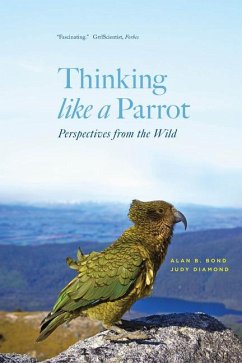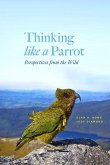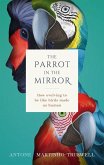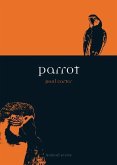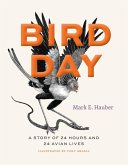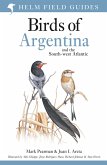From two experts on wild parrot cognition, a close look at the intelligence, social behavior, and conservation of these widely threatened birds. People form enduring emotional bonds with other animal species, such as dogs, cats, and horses. For the most part, these are domesticated animals, with one notable exception: many people form close and supportive relationships with parrots, even though these amusing and curious birds remain thoroughly wild creatures. What enables this unique group of animals to form social bonds with people, and what does this mean for their survival? In Thinking like a Parrot, Alan B. Bond and Judy Diamond look beyond much of the standard work on captive parrots to the mischievous, inquisitive, and astonishingly vocal parrots of the wild. Focusing on the psychology and ecology of wild parrots, Bond and Diamond document their distinctive social behavior, sophisticated cognition, and extraordinary vocal abilities. Also included are short vignettesâ¿field notes on the natural history and behavior of both rare and widely distributed species, from the neotropical crimson-fronted parakeet to New Zealandâ¿s flightless, ground-dwelling kÄ?kÄ?pÅ?. This composite approach makes clear that the behavior of captive parrots is grounded in the birdsâ¿ wild ecology and evolution, revealing that parrotsâ¿ ability to bond with people is an evolutionary accident, a by-product of the intense sociality and flexible behavior that characterize their lives. Despite their adaptability and intelligence, however, nearly all large parrot species are rare, threatened, or endangered. To successfully manage and restore these wild populations, Bond and Diamond argue, we must develop a fuller understanding of their biology and the complex set of ecological and behavioral traits that has led to their vulnerability. Spanning the global distribution of parrot species, Thinking like a Parrot is rich with surprising insights into parrot intelligence, flexibility, andâ¿even in the face of threatsâ¿resilience.

